Peter Rabbit: A Hilarious, Mischievous Take on a Classic Tale
A riotous, fairytale comedy about woodland creatures battling for the right to pilfer vegetables from a human’s garden.
Ever since old Mr. McGregor met his demise at the hands (or rather, teeth) of the rabbit family’s father, the rabbits, led by the audacious Peter, have considered McGregor their sworn enemy, raiding his vegetable garden at every opportunity. When the old man finally succumbs to a heart attack, the rabbits rejoice, believing that nothing will ever stop them from snatching tomatoes and digging up carrots again. However, their joy is short-lived. The house and garden are inherited by a young Londoner, Thomas McGregor (Domhnall Gleeson). Freshly fired from his job at a toy store, Thomas moves to the countryside and declares war on the rabbits when they attempt to steal from him. Simultaneously, he begins a romance with Beatrice (Rose Byrne), a neighboring artist who, unlike Thomas, adores the local wildlife, especially the rabbits.
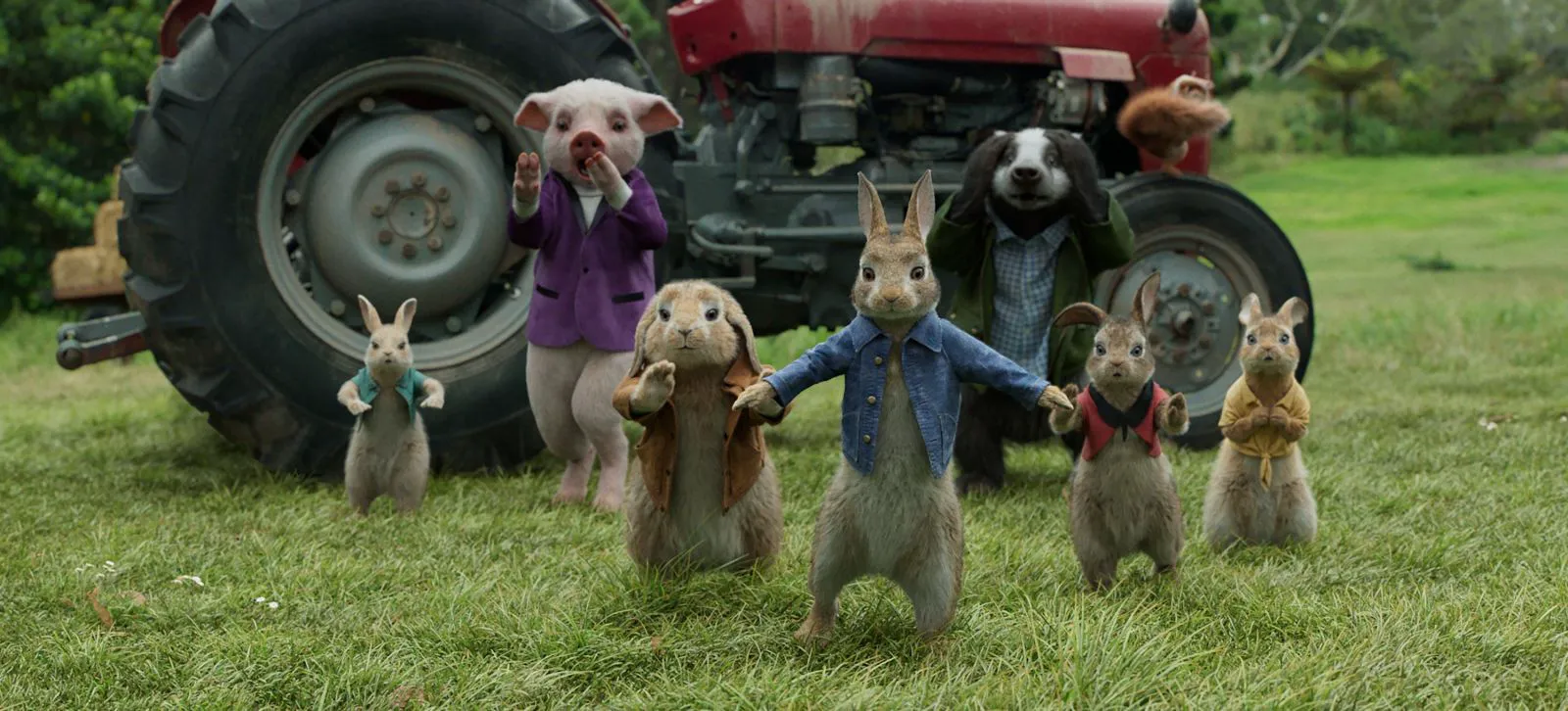
The tales of Beatrix Potter, published in the early 20th century, are considered classics of British children’s literature. Walt Disney himself once sought to adapt them, but Miss Potter refused to sell him the rights. Today, however, the books about Peter Rabbit are largely in the public domain, allowing for adaptations in any style or genre. Columbia Pictures has seized this opportunity.
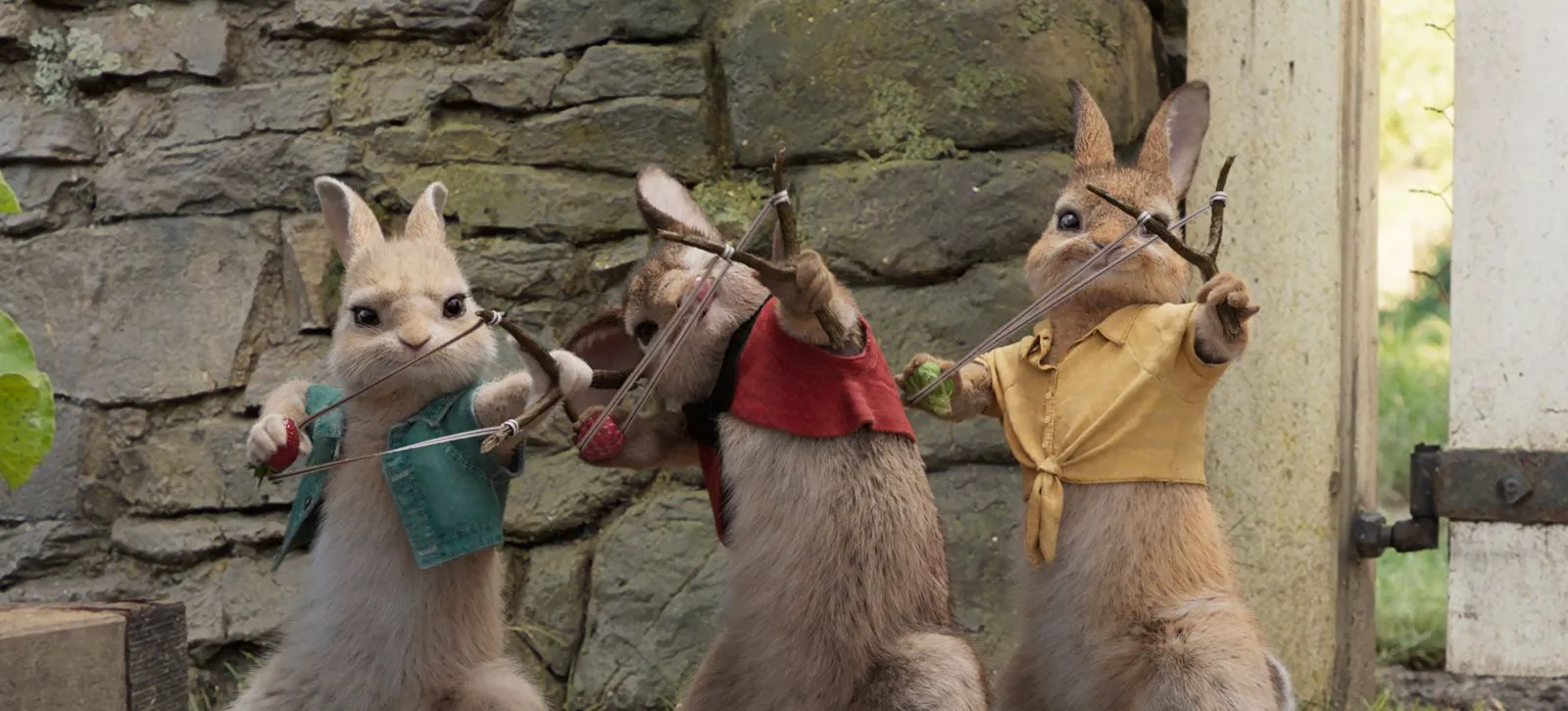
Fun Fact: In the original version, Peter’s three sisters are voiced by Elizabeth Debicki, Margot Robbie, and Daisy Ridley.
Potter’s stories are typically “fluffy” and gentle, but this film adaptation takes a different approach. Director Will Gluck (“Easy A,” “Friends with Benefits,” “Annie”) and screenwriter Rob Lieber (“Alexander and the Terrible, Horrible, No Good, Very Bad Day”) have modernized “Peter Rabbit,” transforming it into a cheeky and mischievous comedy with as much slapstick violence as “Home Alone.”
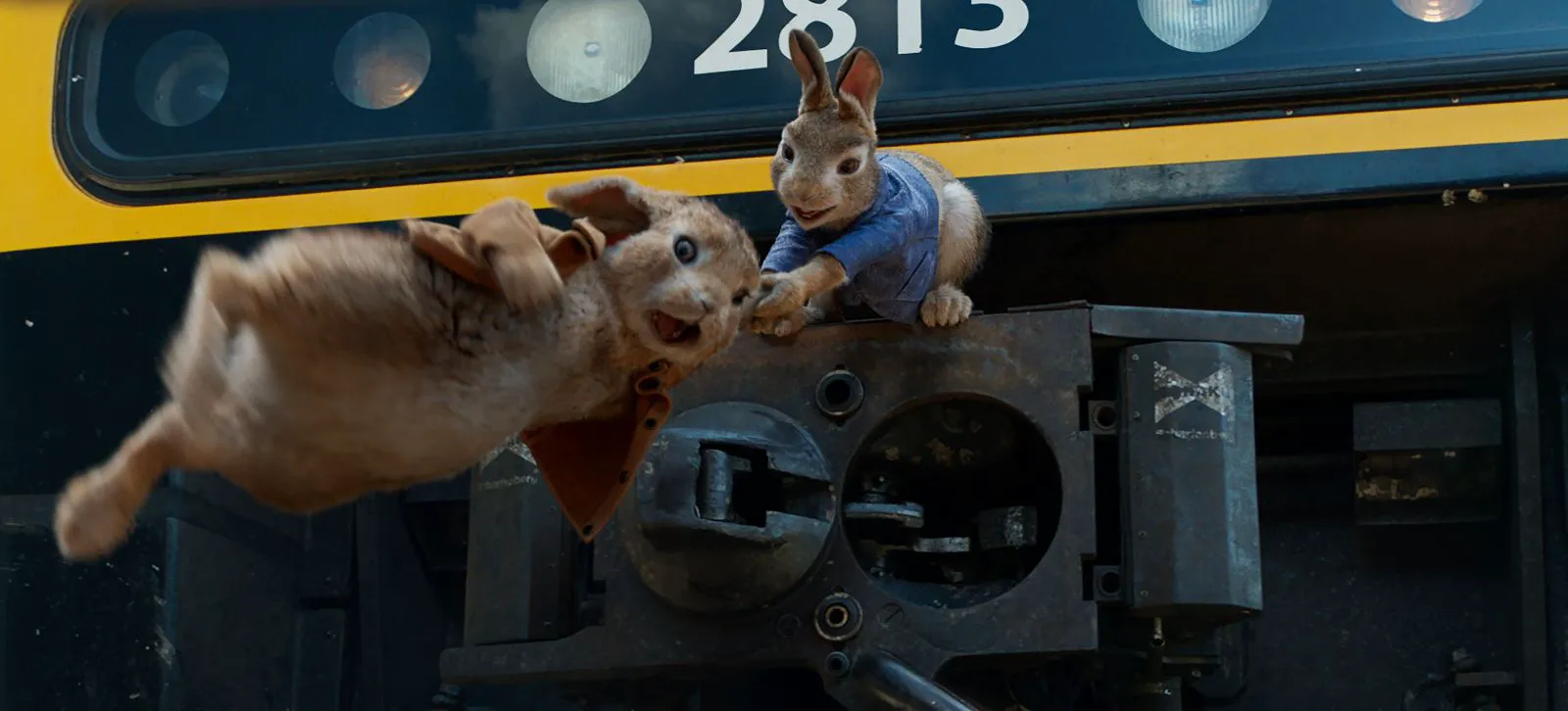
However, while the young hero in “Home Alone” was defending his home from adult burglars, making his actions justifiable, in “Peter Rabbit,” the animals ingeniously torment a homeowner who is entirely within his rights – at least, according to human laws. When you look past the humor and analyze “Peter Rabbit” from a moral standpoint, you quickly realize that the film, for the most part, doesn’t teach anything particularly virtuous. It’s imbued with a disregard for property rights and the value of life, as if it were made by anarchists rather than a Hollywood studio.
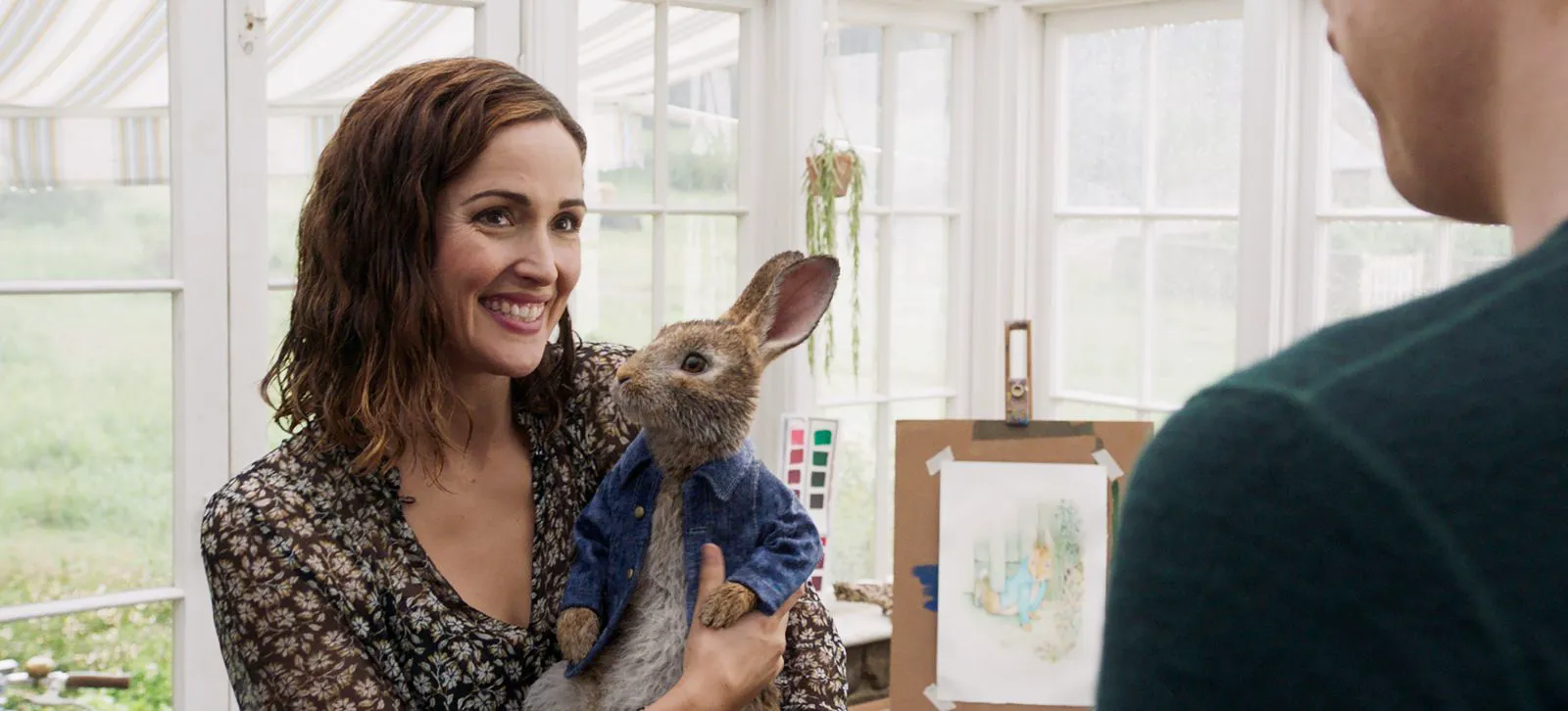
Even in the finale, where the film attempts a positive message of “Let’s live in harmony” and forces the characters to acknowledge their mistakes, it still insists that it’s okay to electrocute people if “you really want to, even if you shouldn’t.” Therefore, it’s best to avoid showing this film to impressionable and excitable children who might pick up bad habits at the cinema. Especially if you don’t want your child to start experimenting with wires and electrical outlets.
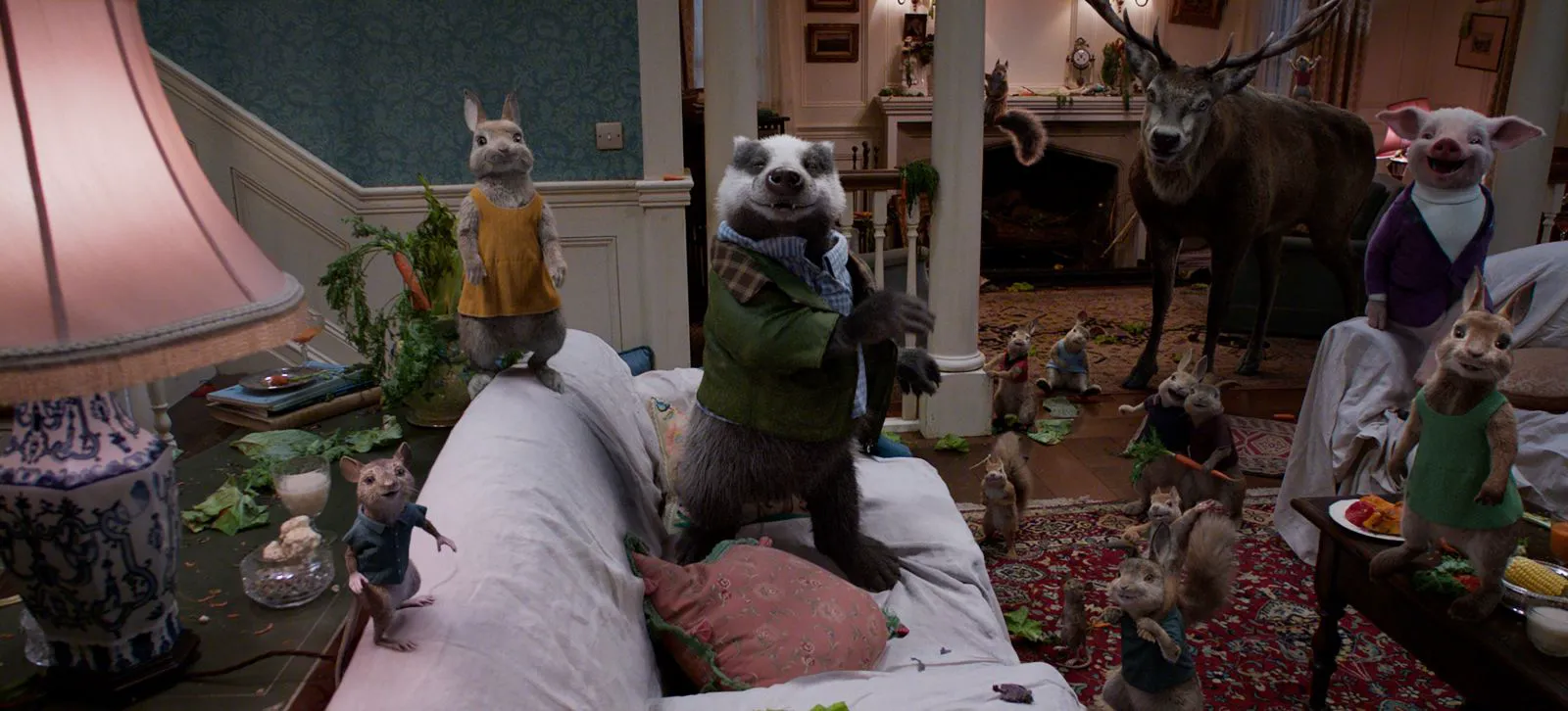
A Legacy of Cartoonish Mayhem
Of course, this kind of on-screen mischief and “sadism” has a long history. Consider the classic “Tom and Jerry” cartoons, where Jerry constantly encroached on Tom’s property and always came out on top. So, it’s unfair to criticize Gluck for offering something similar in a live-action film. Just remember that “Peter Rabbit” can be dangerous if taken too seriously.
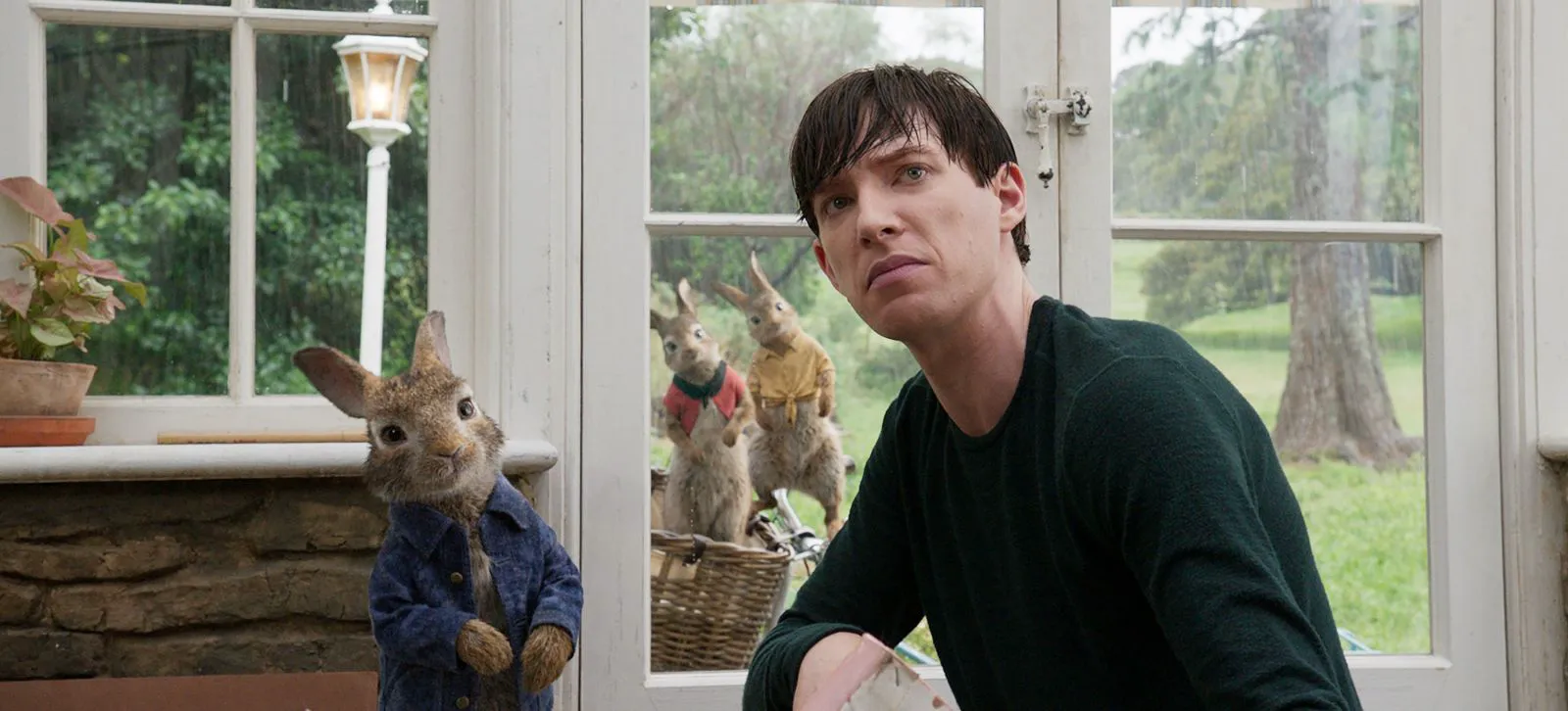
Note: The film faced criticism in the West for a scene in which the animals try to induce an allergic reaction in Thomas. This episode was considered particularly uneducational.
Fortunately, it’s very difficult to take the film seriously. Gluck is known for his lively sense of humor, and in “Peter Rabbit,” jokes and gags flow freely, not all of which are aimed at young children. The film includes, for example, fourth-wall breaks and other jokes that adults will understand better than children. Not all of Gluck’s attempts at humor are equally successful, but “Peter Rabbit” has enough funny moments to satisfy viewers of all ages. That is, if they’re willing to laugh at a tale about talking rabbits and hapless humans.
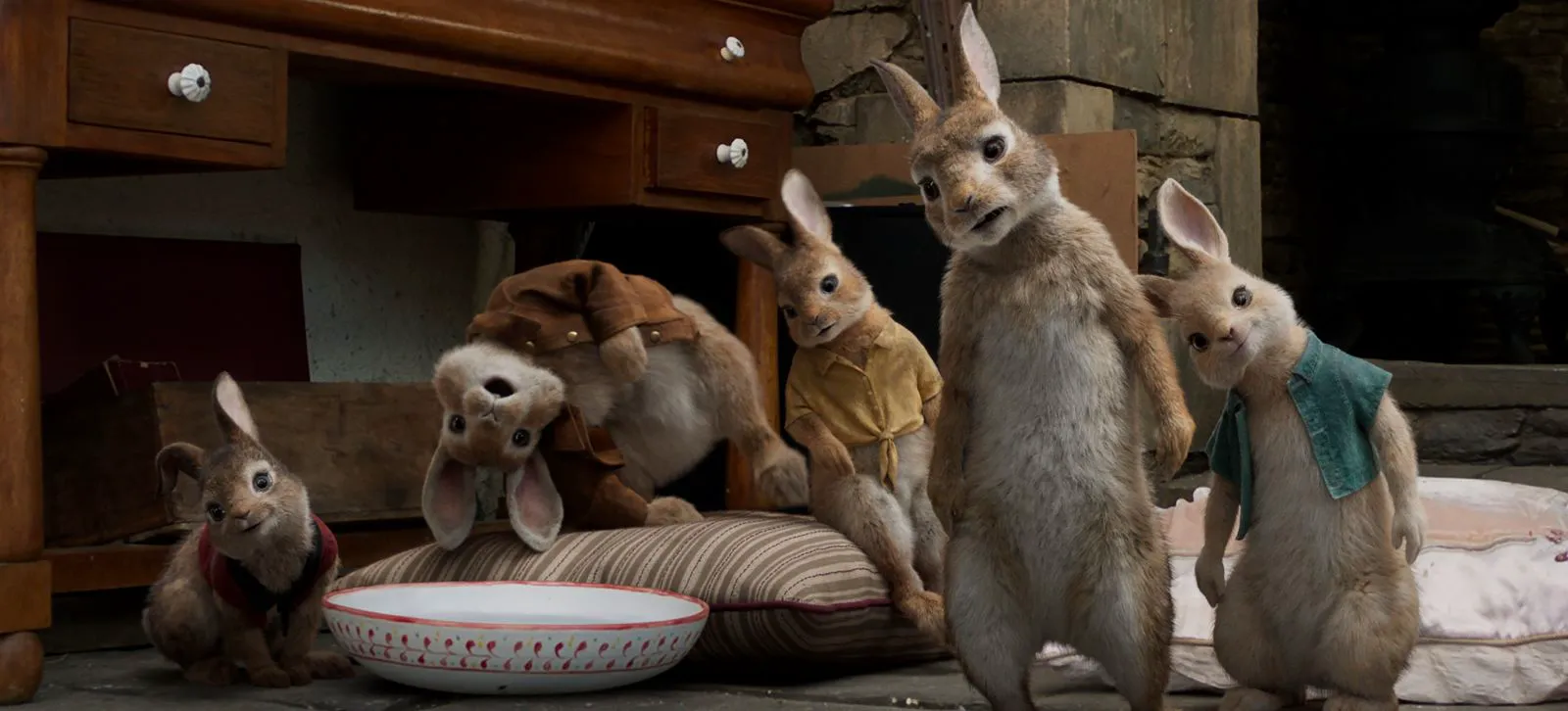
The Stars of the Show: CGI Rabbits and Live-Action Actors
Speaking of rabbits and humans, the animals in “Peter Rabbit” were created by Sony Pictures Animation, and they look fantastic. They’re very funny, and they’re as believable as talking animals in jackets and shirts can be in a live-action film. They’re a joy to watch.
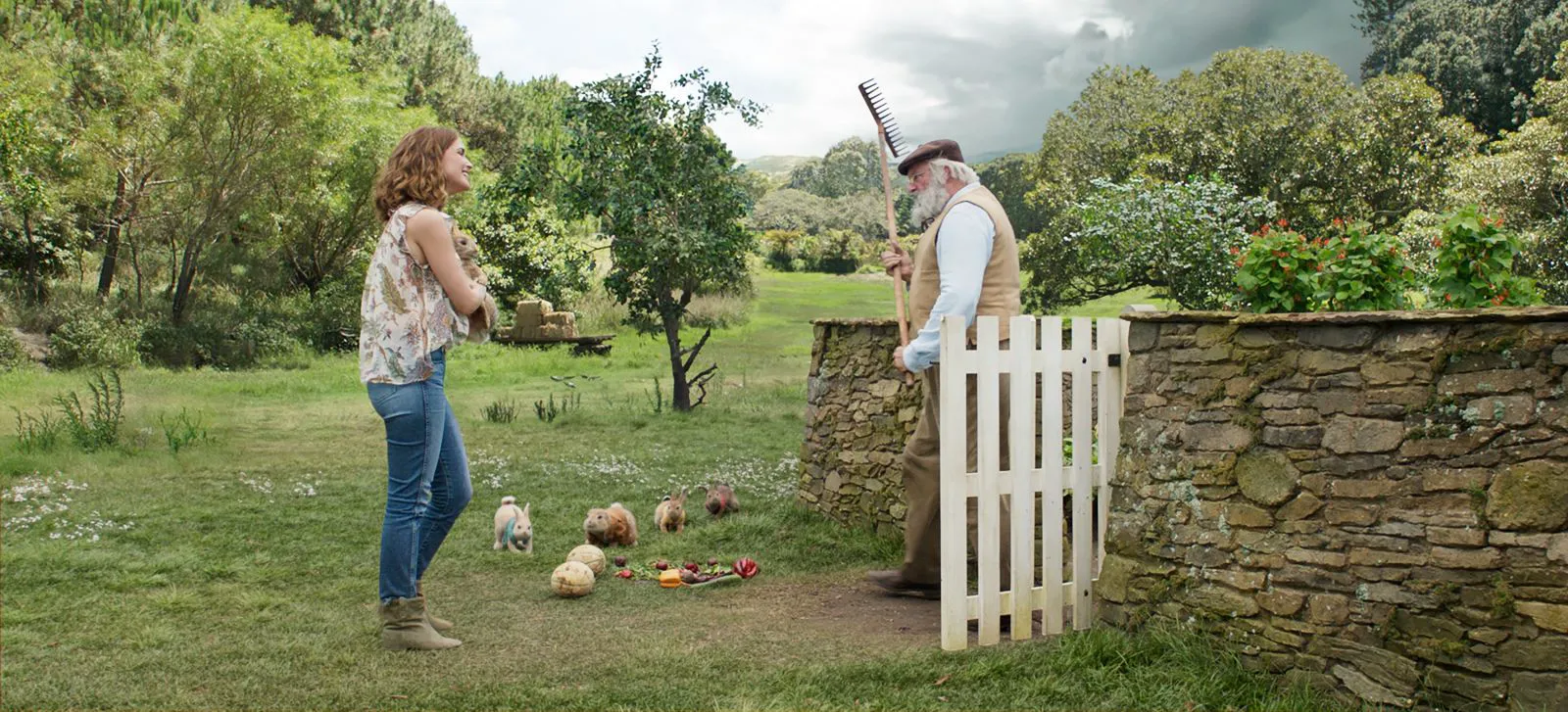
The film’s “live” stars, Rose Byrne and Domhnall Gleeson, also look good, each in their own way (Byrne as a “sweetheart,” Gleeson as a comical victim who doesn’t elicit much sympathy), but they’re not particularly convincing as a romantic couple, which is a problem for the narrative. However, since “Peter Rabbit” isn’t a romantic comedy but a children’s story, the lack of a strong “spark” between the actors doesn’t significantly detract from the film. After all, the heart of the film lies in the experiences of the animals, not the humans.
Final Verdict
Overall, with the above caveats, the film succeeds. It’s fun, dynamic, colorful, and filled with upbeat music. Don’t be alarmed by the criticism it received in the West. Many there were offended that “Peter Rabbit” is so different in spirit from the beloved stories. In our case, Beatrix Potter is not as well-known, and therefore the film inspired by her books is perceived “as is,” rather than in the context of stories that are indeed quite different and aimed at a younger audience than Gluck’s film.